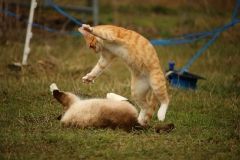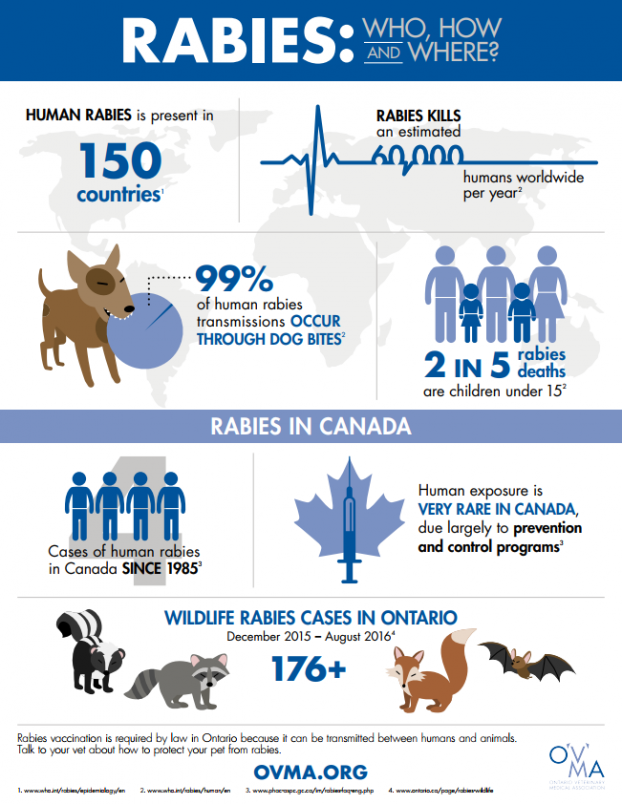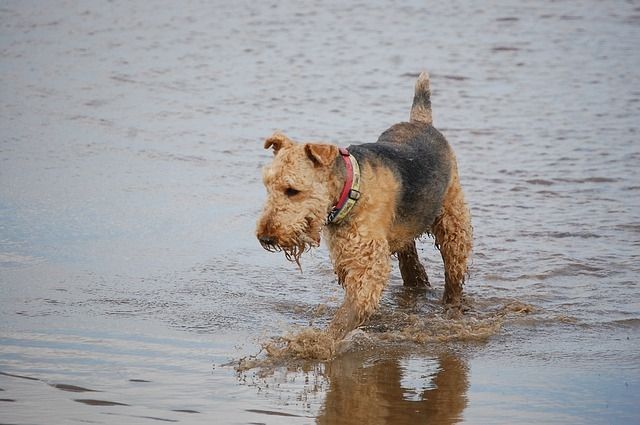Cats & Winter House Plants
Doesn’t a house look so much more inviting with a hint of green inside during the bleak winter months? Does the smell of fresh pine not beg for a warm hearth, by which you can warm your toes after a long and chilly walk? Few plants survive the winter months and some of these have become staples of holiday home dressings, but it is important to remember that while they may look beautiful, not all plants are safe for your cat.
The majority of cat owners, or flatmates as your friend would probably describe it, have first hand experience with the difficulties of having living plants in the house. Cats love to rub their faces and chew on our greenery but the combination of domesticity and foreign foliage make it near impossible for your cat to know whether a plant is safe to chew on or not. It is up to us as pet owners to ensure that they only have access to that which won’t cause harm.
Only theories exist as to why a carnivorous species like felines would need to chew plants. Some propose that they do so out of a hereditary trait in their genetics, helping them to acquire more fibre to assist in digestion of food and hairballs. Large quantities of grass can also force a cat to vomit and regurgitate what hairballs are in its stomach. The relief felt after this would only reinforce the habit. Some plants, such as catnip, contain chemicals that give cats great pleasure. Perhaps they chew on foliage because it simply makes them feel good.
So with all of the plants that are brought in the house during the holidays and winter to make the house look and smell great, which ones are dangerous?
- Poinsettias - cause irritation to the stomach and eyes
- Jerusalem Cherry - this plant is particularly worrisome, as the berries are toxic, causing pain, vomiting and diarrhea
- Liquid Potpourri - not a living plant, but will cause severe burns to the mouth
also
- Holly
- Mistletoe
- Amarylis
- Chrysanthemum
- Rhodedendron
- Winter Broom
- Christmas Berry
- Christmas Cherry
- Christmas Pepper
- Christmas Rose
So what can you do to prevent your cat from chewing these items?
Only place them in cat-proof areas Consider offering your friend cat grass to divert their attention Mothballs can be added to the plant’s soil Spray the leaves and flowers with a dissuasive spray, many citrus or sour apple products are on the market A popular method is the water spray bottle or an airhorn, however these methods require catching them in the act
Checking with a florist or through other means to ensure the plants you bring home are safe for your feline friend is always important, any time of year. This winter, make your home both beautiful and safe for everyone and avoid an unnecessary trip to the emergency vet. For other indoor holiday tips, check out our post, “ Pets & The Holidays.”








